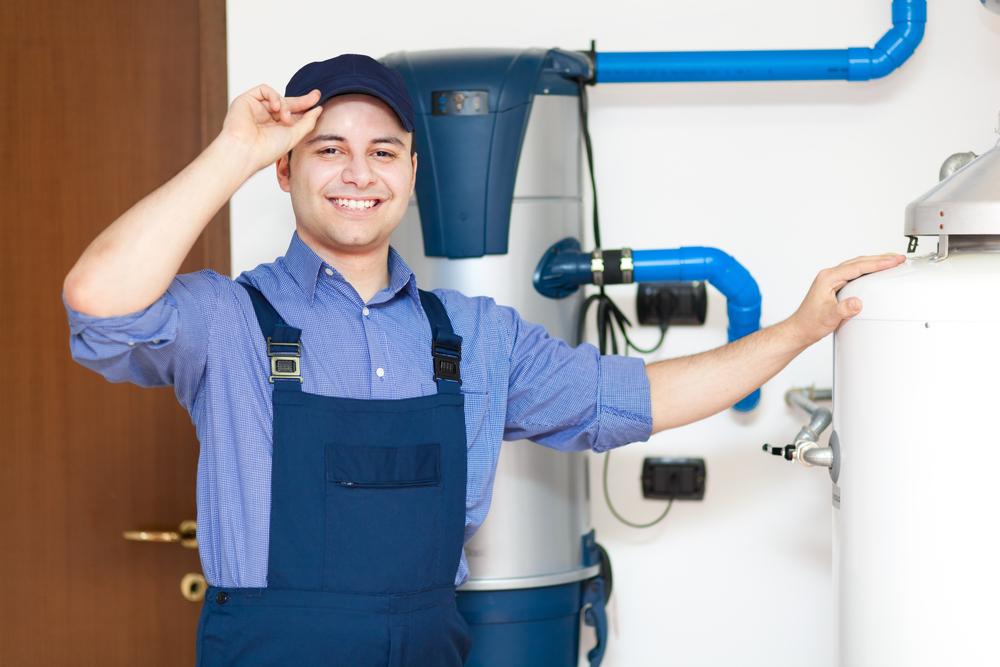Hot Water Heater Maintenance
Hot water heaters are an essential part of any modern household, and truth be told, they are perhaps used more frequently by more number of people than any other electrical appliance at home. As water pumps into the heater, dirt and sediments settle at the bottom and can sometimes create a thick layer that slowly erodes the unit. Although, how quickly the sedimentation will take place or become damagingly thick depends on the quality of water in your area, it has a huge effect on the efficiency of the water heater and can be permanently damaging if left unchecked for too long a period.

Adjusting the thermostat
Always make sure that the thermostat is properly adjusted to the temperature that you require. This will not only ensure that you don’t run the risk of scalding, but is also highly energy-saving because every ten degrees you lower the temperature saves up to 5 per cent energy!
Maintaining a distance
A clearance of two to three feet around the installation area must always be maintained, if the manual does not specifically state otherwise.
Draining your hot water heater
Like every other electrical appliance, your hot water heater also needs to be drained at least once a year and cleaned inside out. Turn off the water supply to the heater, and hold a garden hose to the drain valve and run it into a bucket until the water is clear. This helps remove the sediment and debris inside the heater. If the water remains muddy, stir up the sediment, repeat the procedure and drain the tank once again. One of the added benefits of this is that it makes the heater run more smoothly and quietly.
Annually testing the relief valve
Remember to test the temperature-pressure relief valve by quickly discharging it two to three times, and keep an eye out for small leaks from the valve that are usual after prolonged use.
Examining and replacing the anode rod
The anode rod must be examined at least once every three years. To do so, simply loosen the head screw, and then remove it. Replace the anode rod if more than six inches of the core steel wire is exposed or if the rod is less than ½ inch thick. You should also replace it if it is entirely coated with calcium. An overused anode rod is as much responsible for cloudy water as is sedimentation from disuse.
Insulate older units
Older units can be insulated with fiberglass jackets to improve and ensure efficiency even after prolonged use. This is also a measure towards safety as far as contact with the flue is concerned. Newer units are usually already insulated. If you are not sure whether your hot water heater is insulated or not, start by first checking the owner’s manual. If that does not tell you (which it should), then contact the dealer/ seller and make sure. Along with the unit itself, remember also to insulate both the hot and cold water pipes.
Leaving town and heater maintenance
Often, users forget to make proper arrangements to take care of their electrical and electronic appliances before leaving for that long-awaited vacation or for a last-minute trip. This can be more damaging for our appliances than we would assume. Always adjust the thermostat on heaters to “vacation” setting, which maintains the pilot light without heating the water. However, if such an option is not available on the unit that you are using, then simply remember to turn off the heater from the main connection.

